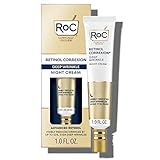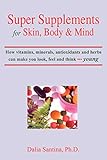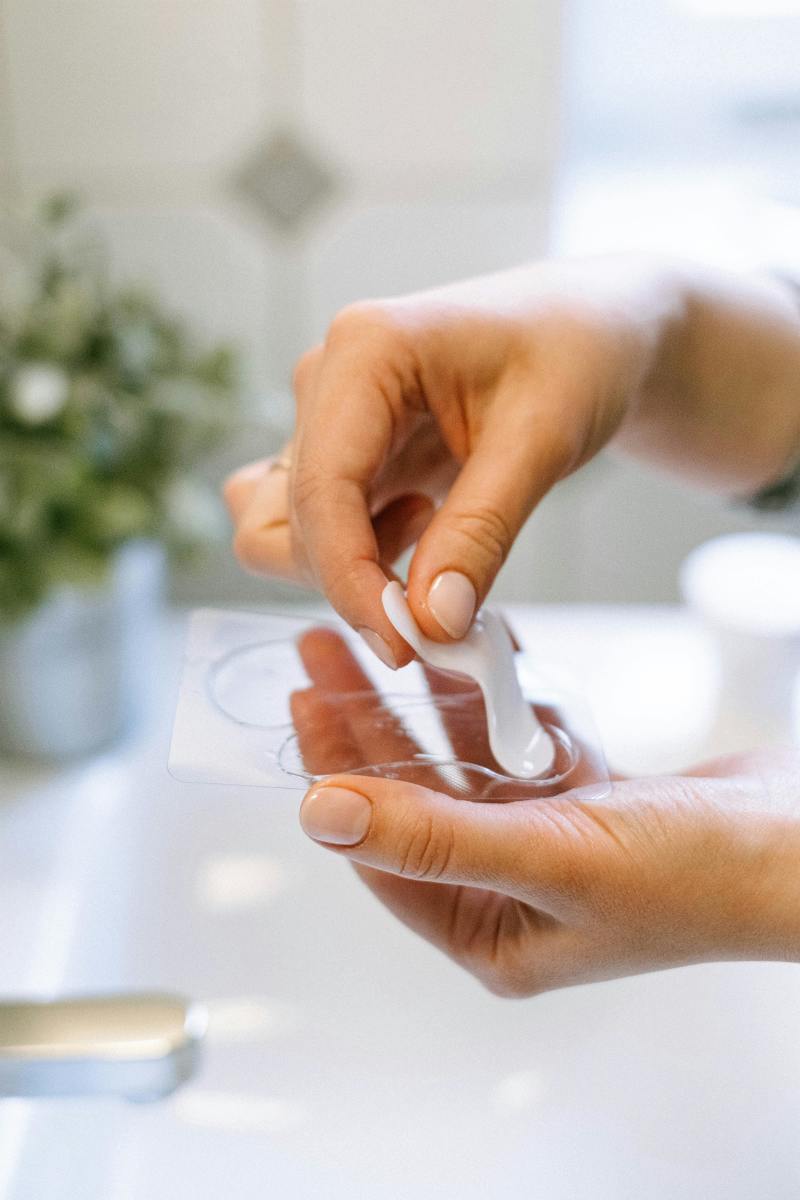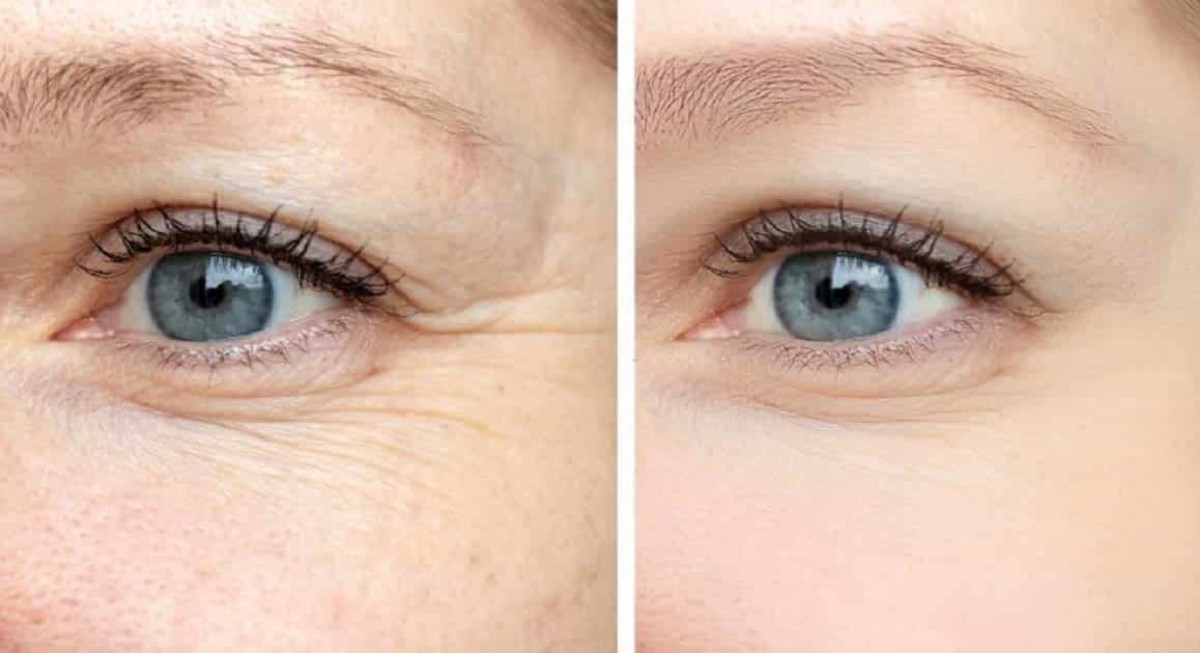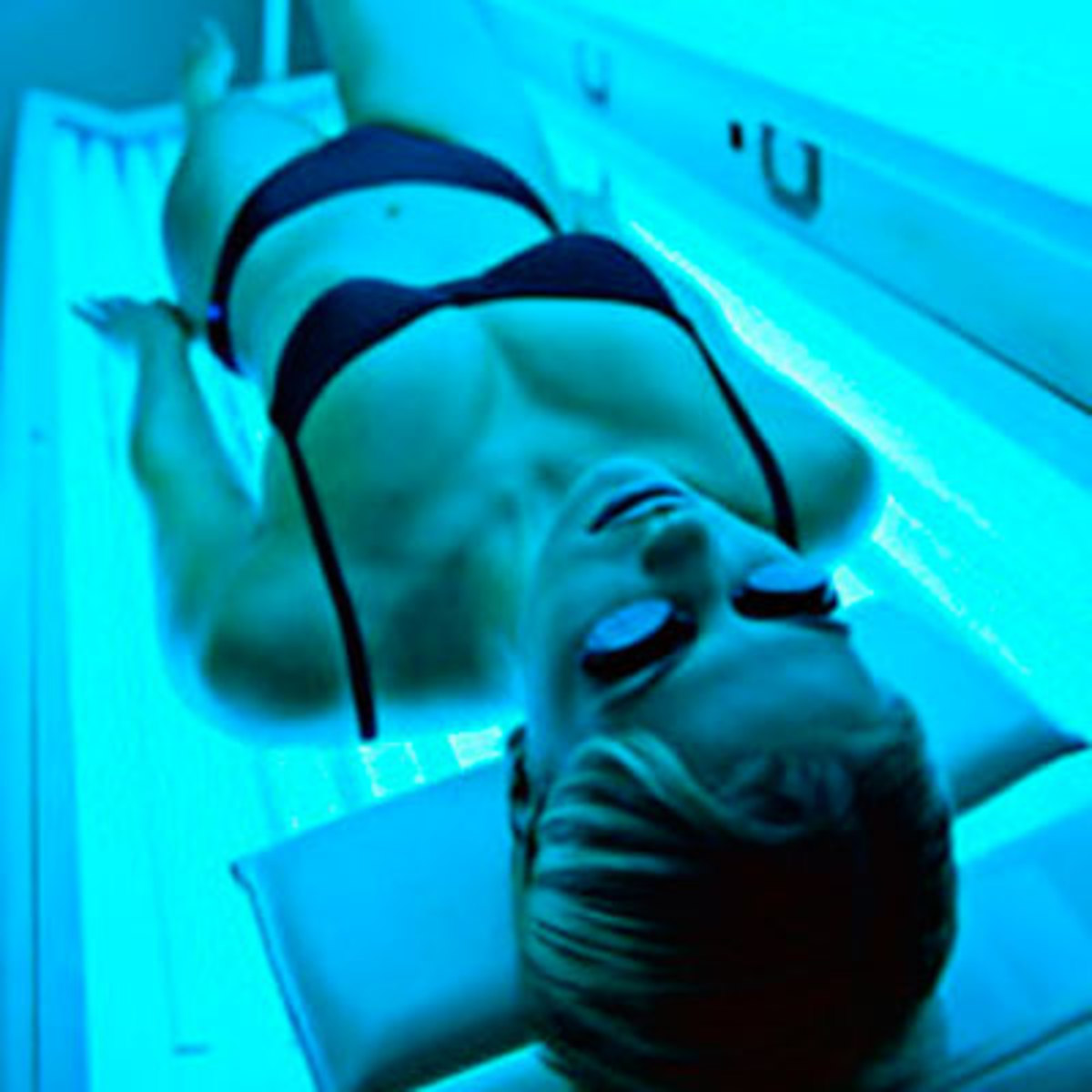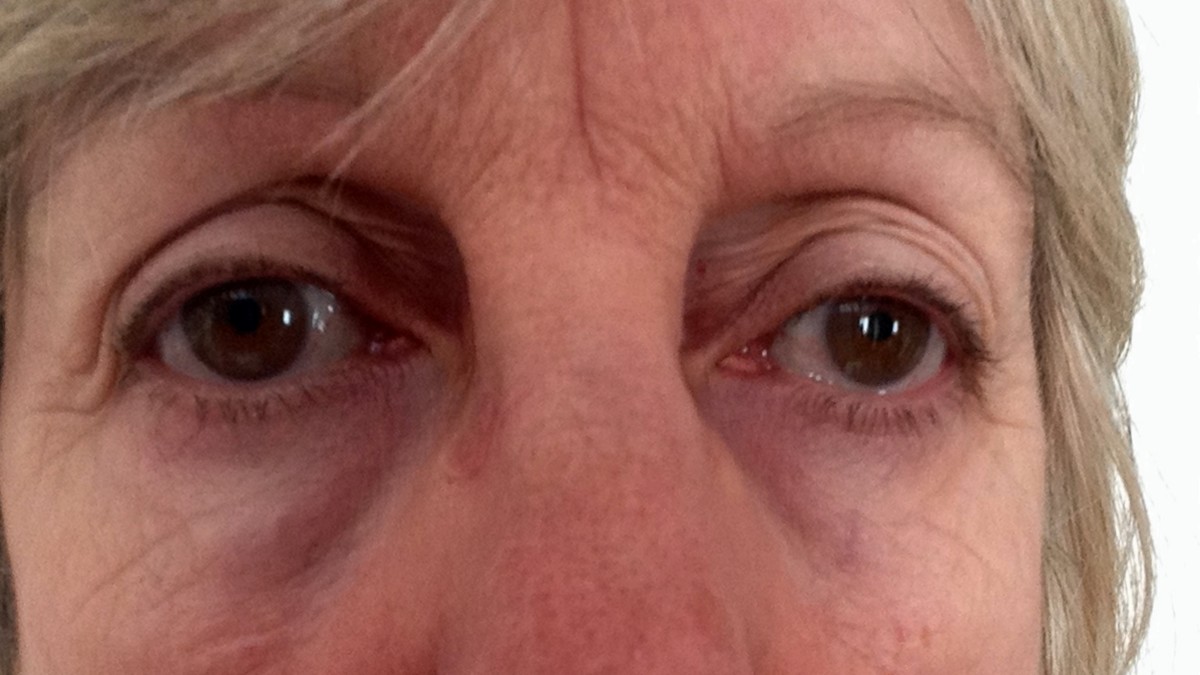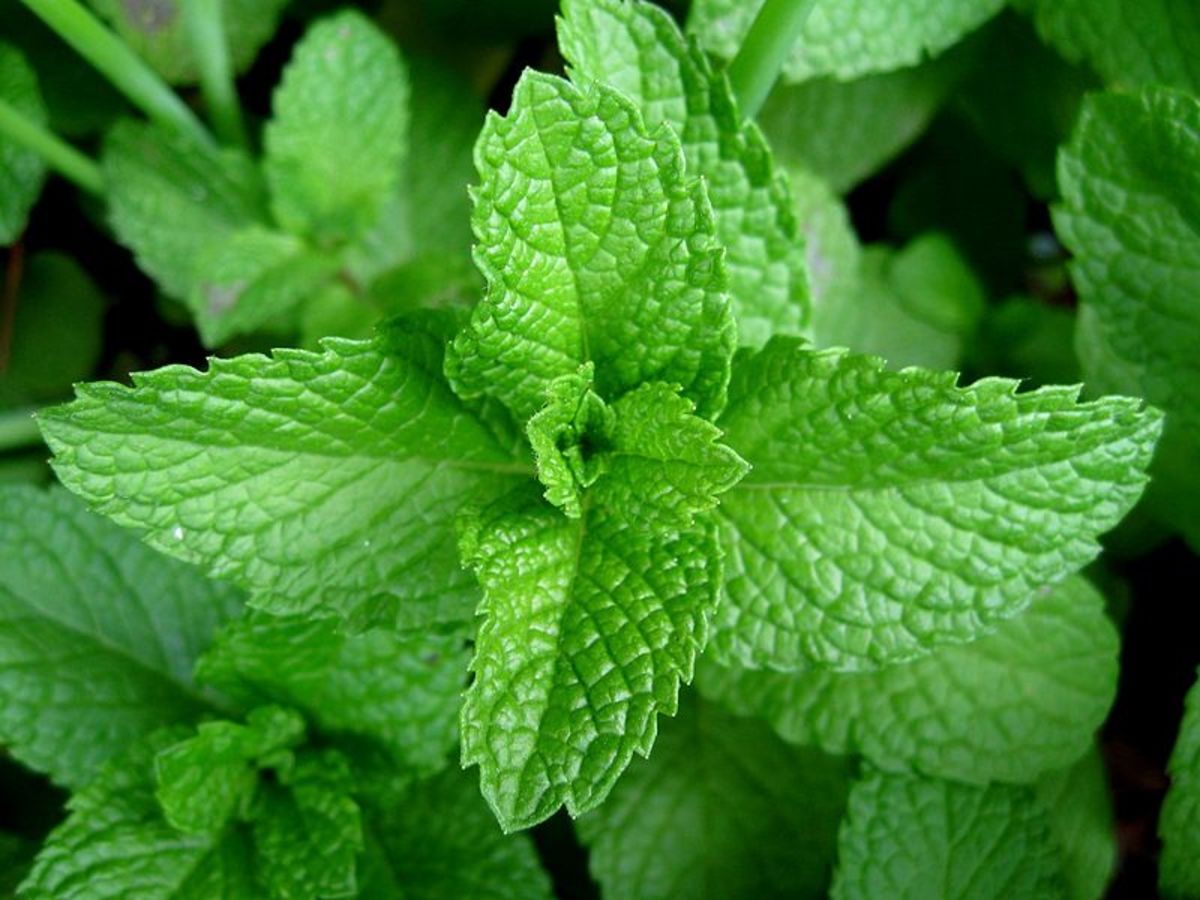Skincare: Retinol and Other Topical Ingredients that Care about Skin
You probably tried both cheap and expensive brands of skincare products. When not satisfied the most, you may search for information that satisfy your puzzled mind, and more often than not you got so many products that contain many Trade Mark (TM) ingredients, that leave you even more distracted.
In today's article we are going to discuss the basics for evaluating, choosing, and purchasing your appropriate skincare product, based on understanding your skin requirements and choosing which one that meets these requirements, more stressing the good ingredients that you may pay for. You are like a recruiting company that should review the resumes of its candidates carefully.
Skin Care Product Should Match Your skin Type
For fruitful skincare, you should start it as early as possible. Shortly after our bodies stop to grow at 22-23 years age, decline ensues and there is no plateau period for deterioration occurring, aging is the cumulative effects of deterioration happening in our bodies, and it is accelerated or delayed by our life styles. The general rule is to use products that suit your skin type ( How to know your skin type). This is true both for the regular skincare products and for the skin care cosmetic.

How To Search Skin Products Before You Buy
When you search a skin product to buy, you should look at the
ingredients section of that product, keeping in mind these notions:
1- Check the label to see what it says e.g. "for dry skin only", "for dry skin", or "for all skin types"...etc.
2-
Look for the formulations (the ingredients section) and make sure they
are safe and tested, and we will discuss most of the ingredients that
are included in skincare products.
3- Segregate ingredients
according to your priority in a skincare product into, "must have"
ingredients and "bear or live with" ingredients, as we shall explain.
4-
Make use of the so many new scientific findings that might be
incorporated in your cream, and the best way is to accept what is based
on solid proven and accepted scientific facts.
What Do Skin Products Do For Your Skin
For good skincare, a product should deal with all the structures in your skin. Practically, it should deal with Cell Membranes and skin Proteins. Skin Proteins (Collagen and Elastin) form the matrix in which cells are embedded, and cell membranes are the limiting factor that determines what is into- and what is out- of the cell.
The purpose of using skincare products is to keep it supple, smooth, and young as long as possible. To achieve that you need to keep on moisturizing, exfoliating, and fighting wrinkles. Moisturizers act through their physical properties and no chemical reactions are involved, so as to maintain the normal content of moisture inside the skin. Exfoliation is something like shaving, so as to remove dirt and dead skin cells, demanding the skin to renew them. Wrinkles are the challenge and need all possible techniques.
Classification of the ingredients is based on their main purpose(e.g.moisturizers,exfoliating...), yet most ingredients will serve anti aging , as aging requires all the optimal conditions of the skin, so that it can be delayed.
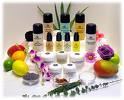
MOISTURIZERS
Moisturizers work by sealing moisture into the skin, and it also ensures that the skin is smooth and supple. They also can help delay the appearance of wrinkles (specially around the mouth, which is a very thin area that is affected by its underlying structures as well as the surrounding structures).
1- DIMETHICONE
It is a Silicon derivative that is present as a trace element in the body.
Dimethicone or its derivatives are Used as a skin protect and moisturizer for its superior spread ability, excellent emollient, and water repellent properties. Well tolerated by even the most sensitive skins, it have a filming action on the skin surface and smooth fine, dry lines. Thanks to its water propellant properties, Dimethicone prevent excessive evaporation of water present inside the skin, when it pushes it away from the surface, and as a result water is repressed inside the skin.
2- GLYCEROL (Glycerin)
It occurs naturally in the body, it is where 3 fatty acids are attached to to form fats. It is produced from fats and oils outside the body when saponified by adding an alkali (Potash or Sodium hydroxide) to them. It is a by-product in Soap industry.
Glycerol is one of the oldest moisturizers that is used traditionally over long years. It is humectant (absorbs water), yet its moisturizing properties may be more served by its ability to form fats which when incorporated in the skin, they preserve its water content.
3- SHEA BUTTER
The old African tree ( it reaches its full production when the tree is about 45 years old,and continues for up to 200 years) affords its product to protect human skin from getting old.
Shea butter can be found in many high end moisturizing skin products.
IT absorbs rapidly into the skin without leaving a greasy feeling.
It is also a known anti-inflammatory agent. Shea butter can be effective at treating the following conditions: fading scars, eczema, burns, rashes, acne, severely dry skin, blemishes, dark spots, skin discolorations, chapped lips, stretchmarks, and wrinkles.
4- COCONUT OIL
Coconut oil is a fat consisting of about 90% saturated fat. The oil contains predominantly medium chain triglycerides , with roughly 92% saturated fatty acids, 6% monounsaturated fatty acids, and 2% polyunsaturated fatty acids. Coconut oil has a long shelf life compared to other oils, lasting up to two years due to its high saturated fat content; saturated fats resist rancidity. Unlike most oils, coconut oil will not be damaged by warmer temperatures.
It has a high content of medium-chain triglycerides (caprylic and capric acid triglycerides), by virtue, when flora of the skin takes its glycerol part, it leaves caprylic and capric acids which have anti fungal properties, and are rapidly taken by mitochondria to produce energy.
Medium chain triglycerides are normally present in sebum secreted by sebaceous glands. Sebum is very important to skin health, It softens and lubricates the skin and hair and prevents the skin from drying and cracking.
EXFOLIATION
is a cosmetic technique aimed at removing dead skin cells from the face and body. It is like shaving, and men that shave frequently, will not need to exfoliate areas inside of the shaving zone (only forehead and nose that need exfoliation).
Exfoliants contain acids such as alpha-hydroxy(fruit acids), beta-hydroxy, or salicylic acid.
Alpha Hydroxy Acids(AHAs) are a group of acids naturally occurring in fruits, milk, and sugar cane. Glycolic acid is found in sugar-cane juice; lactic acid occurs in sour milk and tomato juice; malic acid occurs in apples; tartaric acid is found in grapes and wine; citric acid occurs in citrus fruits and pineapples.
They smooth rough-textured and hyper-pigmented skin, and help slough off dead skin cells to make way for new cells. Dry, flaky skin cells disappear, and the hyper-pigmented skin (and fine lines) become less noticeable.
It has recently been suggested that adding beta hydroxy acids (BHA's) to AHA's creates a synergistic effect. It is said that the beta hydroxy's speed up the exfoliation of the alpha hydroxy's, thereby producing faster results. Salicylic acid (also used to make aspirin) is one source of BHA's. A good source is natural SALICIN, the natural source of salicylic acid located in WILLOW BARK extract.
Another improvement has been the addition of buffering ingredients to reduce the irritation of AHA's. By adding such compounds as chamomile, green tea, manufacturers have found that there is a reduction in the stinging and burning that sometimes occurs upon initial use of AHA products. Other partner ingredients are: aloe vera, comfrey, and rose-hips extract.
WRINKLES
It is the final aim of all skin care issue. Being contributed by all our life traits, it is a continuous intricate process. It involves many layers, which should be dealt with altogether. As a precious target, many peoples have been claimed that they have the solution, yet science did not afford us a solid proof for any of the common claims, apart from the mechanical means (surgery,laser..etc.).
With that is said, we should stress the scientific fact that cross-linking of collagen and elastin largely contribute to aging of the skin , and this process can be hindered by use of antioxidants, including topical ones.
The only accepted rules in this concern is that we use natural oils that can relieve skin irritation and dryness(e.g.Primrose oil), or any product that replenishes collagen biochemically. Collagen and Elastin are large protein molecules that can not be absorbed through the skin as intact molecules.
Implementation of topical collagen and elastin did not prove to have sensible results, yet if you are satisfied about the whole formula of a product, you can "live with" these proteins as if you put any protein containing food (e.g. egg) on your skin.
ANTIOXIDANTS
Though the concept of free radicals is extremely complicated to explain, suffice it to know that these radicals can be harmful and can result in increased cross linking of collagen and elastin, oxidation of cell membrane fats, and in mutation in genes. Mutation can lead to skin cancer and make the individual incapable of repairing the damage done to the skin.
With antioxidants we can limit the number of free radicals in our system, thereby ensuring that we not only keep our skin supple and glowing but also healthy. This wonderful discovery of how antioxidants can work to negate the effect of free radicals had led to fantastic products which can help in tackling issues related to aging skin.
Problems like wrinkles, spots, pigmentation and small growths can be resolved with increasing the amount of antioxidants in your diet and oral application of antioxidant concentrates.
1- VITAMIN E (Tocopherols)
Jane Higdon, Ph.D.,Linus Pauling Institute,Oregon State University writes in Oregon State University website:
"The main function of alpha-tocopherol in humans appears to be that of an antioxidant. Free radicals are formed primarily in the body during normal metabolism and also upon exposure to environmental factors such as cigarette smoke or pollutants. Fats, which are an integral part of all cell membranes, are vulnerable to destruction through oxidation by free radicals. The fat-soluble vitamin, alpha-tocopherol, is uniquely suited to intercepting free radicals and preventing a chain reaction of lipid destruction. Additionally, alpha-tocopherol has been shown to inhibit platelet aggregation and to enhance vasodilation."
In fact, I am biased to vitamin E to be used in any skin regimen, as I have a positive personal experience with its topical application.
2- VITAMIN A:
It is essential for the maintenance of the integrity of epithelial tissues forming the outermost layer of the skin. Its normal levels are required for good health of the skin, and it is prescribed by dermatologists in many skin diseases. It has antioxidant properties and used in combination with other agents to fight aging. It can help overcome problems associated with oily skin.
Vitamin A in the form of Retinoid and Retinol are used in the cosmetic industry to improve the skin replacement rate. The effects of acne and the scars from acne can be markedly reduced by this higher skin cell replacement rate.
Regular application of retinol can make the skin soft and smooth. The pores will be cleaned and less visible and wrinkles will be less pronounced thus the signs of aging would be reduced. Retinol has been found to improve skin texture, tone and color.
Good sources of natural Vitamin A is found in sweet potatoes, carrots, collard greens, kale, pumpkin, spinach, sweet peppers, winter squash, apricots, cantaloupe, mango, liver, eggs and broccoli.
3- COENZYME Q10
(also known as ubiquinone, ubidecarenone, coenzyme Q, and abbreviated at times to Co Q10, CoQ, Q10, or Q)
Apart from being a co factor in the mitochondrial electron transport chain, CoQ10 in its reduced form (ubiquinol or CoQ10 H2) serves as an important antioxidant in both mitochondria (energy house) and lipid membranes, where it protects the body's cells in their battle against the destructive effects of free-radicals.
Co Q10 is essential in vitamin E regeneration. Ubiquinol inhibits protein and lipid oxidation in cell membranes, and helps to minimize oxidative injury to DNA.
CoQ10 is an integral part of the respiratory chain and thereby located exactly where the free-radicals are generated, in the mitochondria. These endogenously-produced free-radicals are considered an import factor of the aging process.
Because of its ability to transfer electrons and therefore act as an antioxidant, Coenzyme Q is also used as a dietary supplement. Young people are able to make Q10 from the lower-numbered ubiquinones such as Q6 or Q8. The sick and elderly may not be able to make enough, thus Q10 becomes a vitamin later in life and in illness.
4- VITAMIN C
is known to have antioxidant effect as well as enabling the synthesis of collagen (a structural protein that is found in skin that maintains complexion firm, elastic and youthful). Anti aging skin care products that are based on vitamin C are, however, posed with the danger of getting oxidised themselves (as they come into contact with air during their usage). So some anti aging skin care products are based on the derivatives of vitamin C, which are more stable and less expensive.
However, the effectiveness of such anti aging skin care is not as much as it is for vitamin C based anti aging skin care products.Unless it is the main ingredient of the product (e.g lightening serums), since it is present in high concentration and there is no other ingredients that may react with, It is better if it is not included in the formula, and taken through eating fruits and vegetables.
5- DI-METHYL-AMINO-ETHANOL (DMAE)
Studies indicate that the antioxidant DMAE can function as a cell membrane stabilizing agent.
DMAE is an efficient OH- radical scavenger that is incorporated into the cell membrane of neurons where it may provide site-specific radical protection in nerve cells. It not only prevents the accumulation of lipofuscin (the pigment that accumulates in cells with age and which causes the well known age-spots that occur in many older people), but also often causes the spots to completely disappear.
Hochschild -a distinguished gerontologist- suggested that membrane stabilizers like dimethylaminoethanol (DMAE) might have a positive effect in delaying aging, as indicated in one of his studies.
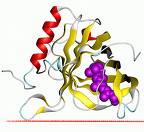
NATURAL OILS
1- EVENING PRIMROSE OIL
Evening primrose oil contains substantial amounts of poly saturated omega-6 fatty acids, essential fatty acids (EFAs).The mature seeds contain approximately 7-10% gamma-linolenic acid(GLA), a rare essential fatty acid.
GLA is converted into Prostaglandins(PGs), which are of various types, and each type differs from the others in its effects. GLA regulates synthesis of the least harmful and most beneficial PGs. GLA helps reduce inflammation of the skin which is the first step in changing skin structure.
Both oral and topical forms of evening primrose oil have been studied for treating acne, eczema, psoriasis, and other skin conditions. When used as a topical application on the skin, evening primrose oil has softening effects.
2- WHEATGERM OIL (Triticum aestivum)
This oil has a nutty aroma and is extracted by pressing or solvent extraction from the wheat "germ." It is a valuable source of Vitamin E, a natural antioxidant, and is more resistant to light and heat than vegetable oils.
It helps relieve dermatitis symptoms, promotes skin cell formation, and improves blood circulation. Wheatgerm Oil is used to prevent and reduce scarring and speeds up healing of cuts and wounds. The wheat we know today is from a hybrid wild wheat that grew 10,000 years ago in the Middle East.
3- ALOE VERA
A review of the scientific literature on aloe shows that while many cosmetics containing aloe claim to stop the aging of skin, they actually only moisturize it, thereby temporarily diminishing blemishes. However, aloe vera extracts have the potential-as yet undemonstrated- to stimulate synthesis of collagen and elastin fibers, which could stop the degenerative skin changes associated with aging.
It also contains essential sugars that are needed for Glycoprotein formation which optimizes skin cell regeneration read on Glycoproteins and Essential sugars
4- CHAMOMILE
Over the last 40 years, chamomile has been the subject of hundreds of scientific tests that have confirmed its healing, cosmetic powers and revealed its active ingredients: levomenol, azulenes and flavonoids. Of the two main species of chamomile, Matricaria chamomilla ("German Chamomile") is by far the richest in levomenol, which has a dramatic effect on the skin in terms of improving texture and reducing fine lines and wrinkles caused by pollution, stress and sun. And chamomile's flavonoids possess antioxidant properties, which protect skin from the UV rays and the ravages of free radicals in the air.

SUPPLEMENTARY
1- SEA ALGAE
To identify seaweed on labels, look for either common or Latin names: bladderwrack ( fucus ), kelp (laminaria), Irish moss (sometimes listed as carrageenan, the name of the extract).
Sea can also contribute to skin care by affording those silky seaweeds,
which gives a silky touch to the creams they contain.
In cellulite creams, algae helps draw out impurities and temporarily "tightens" the skin. This firming ability is also an asset in eye gels or wrinkle creams. Sea herbs in facial masks heal, hydrate, detoxify, and re-mineralize the skin.
Kelps contain many beneficial ingredients for the skin like:
- Iodine: disinfects & heals and skin cells
- Alginate: removes air pollutants and toxic metals from skin
- Fucoidan: increases white blood cell circulation that protecting skin
- Essential sugars: needed for formation of Glycoproteins which optimize skin regeneration
2- CARNITINE
Carnitine, derived from an amino acid, is found in nearly all cells of the body. Its name is derived from the Latin carnus or flesh, as the compound was isolated from meat.
Carnitine plays a critical role in energy production. It transports long-chain fatty acids into the mitochondria so they can be oxidized ("burned") to produce energy. It also transports the toxic compounds generated out of this cellular organelle to prevent their accumulation.
Animal products like meat, fish, poultry, and milk are the best sources. In general, the redder the meat, the higher its carnitine content. Adults eating mixed diets that include red meat and other animal products obtain about 60-180 milligrams of carnitine per day . Vegans get considerably less (about 10-12 milligrams) since they avoid animal-derived foods.
A decline in mitochondrial function is thought to contribute to the aging process. Carnitine may be involved because its concentration in tissues declines with age and thereby reduces the integrity of the mitochondrial membrane. Research in aged rats found supplementation with high doses of acetyl-L-carnitine and alpha-lipoic acid (an antioxidant) to reduce mitochondrial decay.
3- PANTHENOL
Panthenol is the form that is absorbed by the skin to be converted into pantothenic acid(vitami B5) inside the body, where it is needed for formation of Coenzyme A.
Coenzyme A is where the complete extraction of all energy present in all foods starts. No oxidizable metabolite can be incorporated into mitochondrial oxidative reaction of energy production without Coenzyme A.
In other words, Vitamin B5 is needed for the first step of all reactions of central metabolism. This explains why vitamin B5 is present in all foods, and why vitamin B5 defficiency cases are not reported.
No aerobic life is possible without vitamin B5.
Panthenol in high doses proved to solve many skin problems such as wound healing and Acne, as it is the logic solution of accumulated metabolic end products of carbohydrates and fats without oxidation, as mentioned in Dermatology Text books.
4- CERAMIDE
Ceramides are a family of lipid molecules. A ceramide is composed of sphingosine and a fatty acid. Ceramides are found in high concentrations within the cell membrane of cells. They are one of the component lipids that make up sphingomyelin, one of the major lipids in the lipid bilayer.
The most well-known functions of ceramides as cellular signals include regulating the differentiation, proliferation, programmed cell death (PCD), and apoptosis of cells. Due to this function, ceramides are sometimes called "messengers of cell death".
Substances known to induce ceramide generation:
- TNF-alpha
- Endotoxin
- Chemotherapeutic agents
- 1,25 dihydroxy vitamin D
- gamma interferon
5- PHOSPHOLIPIDS (Lecithin)
They are a class of Triglycerides, in which one fatty acid carries a polar group(phosphate), consequently it has a bi-polar charecter,i.e.
a hydrophilic (liking water) head and hydrophobic (hating water) tail.
Due to its polar nature, the head of a phospholipid is hydrophilic (attracted to water); the lipophilic (hydrophobic) tails are not attracted to water. When placed in water, phospholipids form one of a number of lipid phases. In biological systems this is restricted to bilayers, in which the lipophilic tails line up against one another, forming a membrane with hydrophilic heads on both sides facing the water. This allows it to form liposomes spontaneously, or small lipid vesicles, which can then be used to transport materials into a cell membrane.
They comprise a group of compounds, the predominant one of which is Phosphatidyl choline.
6- NIACINAMIDE
Vitamin B-3, more water-soluble form. Topical application of niacinamide will decrease pruritus and inflammation, help acne affected skin, decrease oiliness, alleviate atopic dermatitis, decrease UV- induced skin cancers and help decrease facial pigmentation.
7-ALLANTOIN
As natural component, Allantoin was found in fetal Allantoic fluid, in wheat germ, rice polishings, confrey roots, in dog urine and in the urine of pregnant women, in the earth-worm and as organic component of many soils.
Allantoin is a healing, moisturizing, soothing and anti-irritating, keratolytic and non-toxic agent useful in dermatological, cosmetic and veterinary preparation.

NATURAL BOTANICALS
The use of plant extracts and herbs have their origins in ancient times, with the earliest records originating from Egypt and China.
With the therapeutic properties of plants becoming more known, cosmetics are including many plant extracts, herbs, flowers, fruits and seed oleates into their ingredients, allowing for a gentler, more organic approach to beauty. Natural botanicals have the ability to detoxify, hydrate, strengthen, stimulate, relax and balance the skin and hair.
Examples of botanical extracts that you may find in the ingredients of your skin care products are; Extracts of Bearberry, Grapefruit seed,
Arnica, Acerola, Barley, Gingko biloba, Horse chest nut, Lumiskin..
and oils of Apricot seed, Avocado, Matricaria..etc.
The list expands to involve new plants every while (like Pomegranate), as long as it would be found to be of benefit to skin or health.

New Techniques in Skin Care Products
Some manufacturers adopt some techniques in their endeavors to develop and improve their products, these techniques include use of hydrolyzed
plant proteins to afford peptides, many new botanicls, and liposomes.
LIPOSOMES
Most useful for being able to transfer and deliver active ingredients to the application site of cosmetics. The liposome wall is very similar, physiologically, to the material of cell membranes. When a cosmetic containing liposomes is applied to the skin, for example, the liposomes are deposited on the skin and begin to merge with the cellular membranes. In the process, the liposomes release their payload of active materials into the cells. As a consequence, not only is delivery of the actives very specific -directly into the intended cells- but the delivery takes place over a longer period of time. Liposomes are typically manufactured from various fatty substances that are used to encapsulate, or to create a sphere around, cosmetic materials. They act as a delivery system.
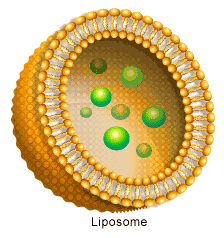
Related Hubs
Other Hubs
- The Diet Solution Basics
The Diet Solution Basics : A review of the basics of weight loss, as well as the diet solution program and how far it copes with these basics. - Other Benefits of Carrier Oils
Carrier oils are oils of low or no scent used to dilute more pungently aromatic oils or blends used for massage or aromatherapy . They are also known as base oil, vegetable oil, or fixed oils to differentiate... - Neuropeptide Facial Cream .. A New Era?
Some people think that a gloomy face requires contraction of a number of muscles more than that a person needs to smile, and whether this is true or not, people tried to erase wrinkles by affecting the nerves...



